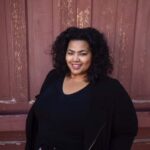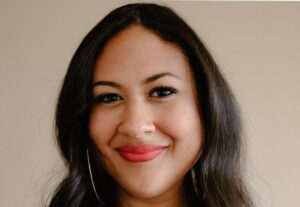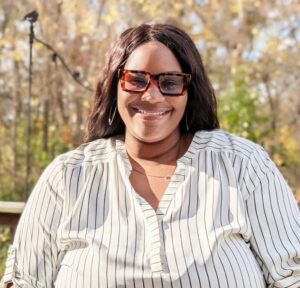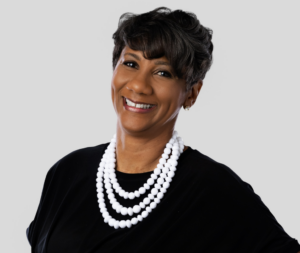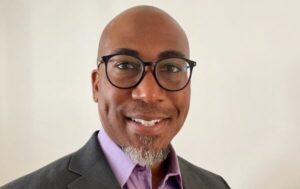How I Got Here: Sage Communications SVP Duyen Truong on empowering the next generation
Duyen Truong of Sage Communications shares how her life as a refugee fuels her passion for helping others through her work.
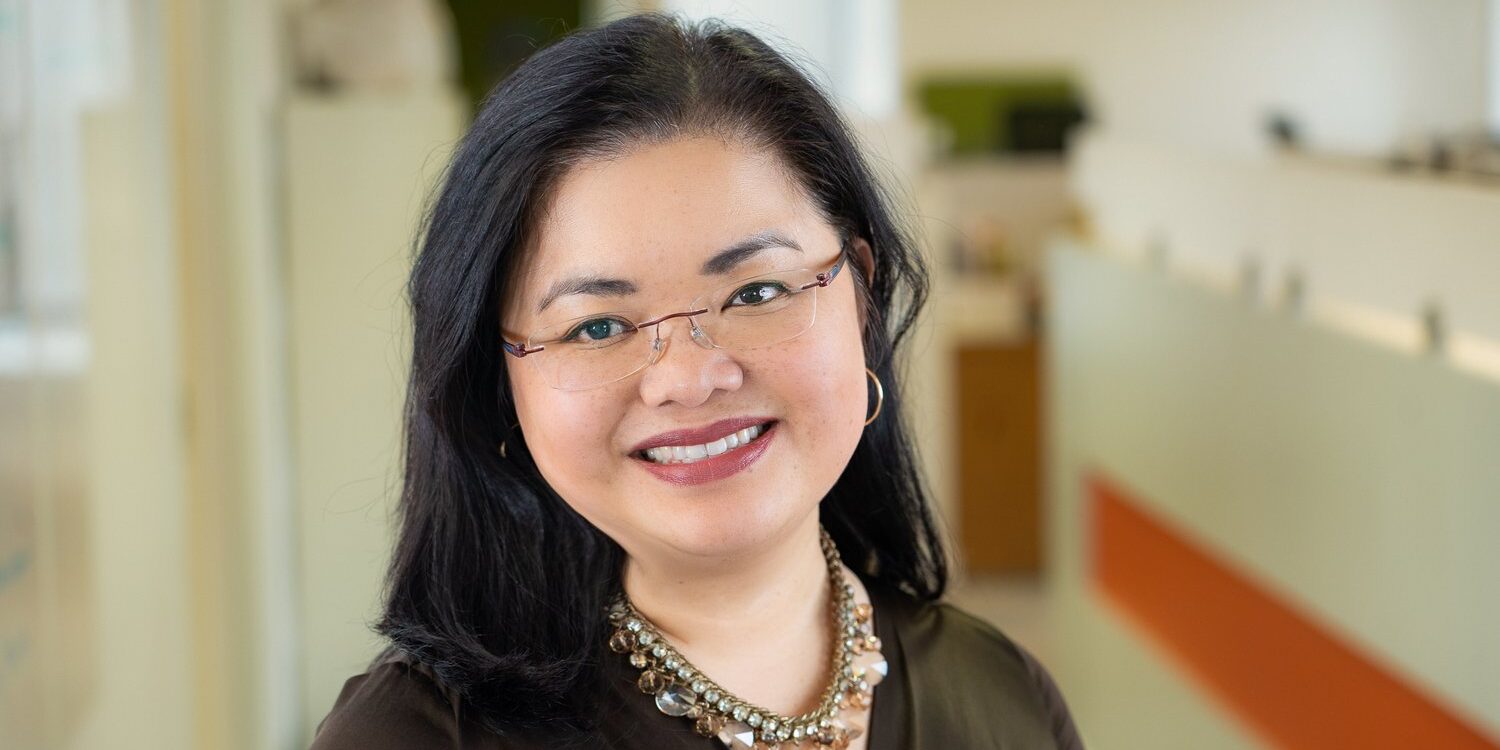
Duyen Truong, senior vice president of public relations at Sage Communications, is a seasoned PR pro with over 20 years of experience across the public sector, commercial, and nonprofit industries. She has led high-impact campaigns for global and national brands, government agencies like the USDA, Defense Department, and Centers for Medicare and Medicaid Services, and nonprofits. In 2019, Duyen was recognized with PR News’ Top Women in PR Award for her leadership and client successes.
When she’s not leading public relations efforts, Duyen enjoys spending time with her family. This summer, they spent three weeks traveling through Vietnam and Japan. “The trek allowed us to indulge in everything that brings us joy: travel, exploration of other cultures, food and making memories together as a family,” she said. Outside of travel, you’ll often find Duyen and her family exploring the outdoors or teaching their goldendoodle, Luna, new tricks.
My first comms (or HR or marketing or whatever profession) position:
I was a PR coordinator for Advanced Micro Devices, a global semiconductor manufacturer of processors, in Austin, TX. I had interned for them as a senior at UT Austin. It was an exhilarating learning experience – being an underdog in a hot market with titans like Intel, traveling to the largest computing and gaming shows in San Francisco and New York City, and seeing the inner workings of a global operation bringing innovative products to market. The growth opportunities were endless, and I was hungry to learn from sharp professionals. More than 20 years later, I’m still connected with the folks who mentored me during my start in the tech PR field.
The moment I’m proudest of in my entire career is:
When I supported the Military Child Care Program (MCC), one of our longest-running Sage clients. MCC is a driving force in the Department of Defense’s efforts to provide military families with access to quality, affordable childcare. In 2012, military spouses in each of the four service branches were finding and requesting childcare differently. This decentralization made it hard for families to find the care they needed for their infants and school-aged kids, particularly before transferring to a different military installation, an already stressful period.
As a result, the DoD developed MilitaryChildCare.com — a secure, single online gateway to military-operated and military-subsidized childcare worldwide. The DoD partnered with Sage to brand and launch this important initiative to support military families in any service branch anywhere in the world.
I was part of a field team that traveled to Nellis Air Force Base and Pearl Harbor, where we conducted workshops with military families, program staff and command representatives. The launch involved coordinating and disseminating information to the program’s installation stakeholders throughout the system development and pilot rollout. Sage worked side-by-side with other contractors to develop, implement and test the site’s user interface design. We also created MCC Central — the hub for all marketing communications materials, training resources and operating procedures needed to support this initiative on a global scale.
Our support continues to this day. Sage provides continuous website management and supports the ongoing development of new features to accommodate the program’s evolving needs worldwide. The Military Child Care Program sets the gold standard nationally, and I’m proud that Sage is helping the DoD address a workforce issue that directly affects military readiness.
The thing I’m most excited about for the future of my profession is:
The promising, yet much overdue and still-insufficient focus on diversity, equity and inclusion in communications.
DEI is having a moment of great debate, but I see debate as healthy to ensure engagement is meaningful, promoting transparency and accountability.
It is an unfortunate and unacceptable reality that higher education is less accessible to marginalized groups. This inequity leads to ripples in the professional world. As storytellers, diversity in communications is paramount for us to better reflect the diversity of our world.
These startling statistics put a finer point on it: in 2021, the Diversity Action Alliance reported in its “Race and Ethnicity in Public Relations and Communications Benchmark Report” that only 21% of employees are racially and ethnically diverse among over 100 U.S.-based PR and communications organizations. In 2022, the Association of National Advertisers reported that the overall ethnic skew of the marketing and advertising industry is now 32.3%.
We at Sage strongly believe that providing educational pathways and opportunities to underserved individuals strengthens our community. That’s why our Sage DE&I Taskforce launched a scholarship program to uplift and support students from historically underrepresented communities or backgrounds who are interested in a career in communications, graphic design, journalism, marketing or public relations.
The most underrated skill in my profession is:
Active listening. In our increasingly noisy, always-on digital world, many feel inclined to talk first without listening. We have to remember that the goal of all communications is human connection. Active listening is the first step towards understanding someone else’s perspective, journey and destination.
One piece of advice I would give other people in my profession is:
Leaders see possibilities to grow where others see hurdles. Leaders pause and reflect on how they can improve instead of casting judgment on others. And with their words, actions and empathy, leaders lift others who doubt themselves.
The most rewarding part of my job is:
To be able to work with government agencies that are changing people’s lives, as well as the hardworking companies that support the mission of government. I’ve seen the transformative power of government to improve the lives of my family, friends and communities here and around the world.
As a naturalized citizen, my family and I escaped from the shores of Hue, Vietnam after the war. Government aid programs enabled us as refugees to have the chance for a new life – from housing and nutrition security to education and social mobility. These government programs served as the safety net that gave us the chance to thrive. Between federal student loans and grants that made college affordable or Social Security and Medicare to cushion retirement for my parents, the government has been there to help me and my family during defining life events, and I know it’s done the same for millions of Americans.
Moreover, I’ve seen the grit and tenacity of technology companies of all sizes that have made it their mission to help the government overcome the most complex problems to improve and protect the American people. I’m indebted to our service members and public servants for their service and sacrifice. Without their courage, I would not be where I am today, and I would not be enjoying everyday freedoms.
Isis Simpson-Mersha is a conference producer/ reporter for Ragan. Follow her on LinkedIn.

